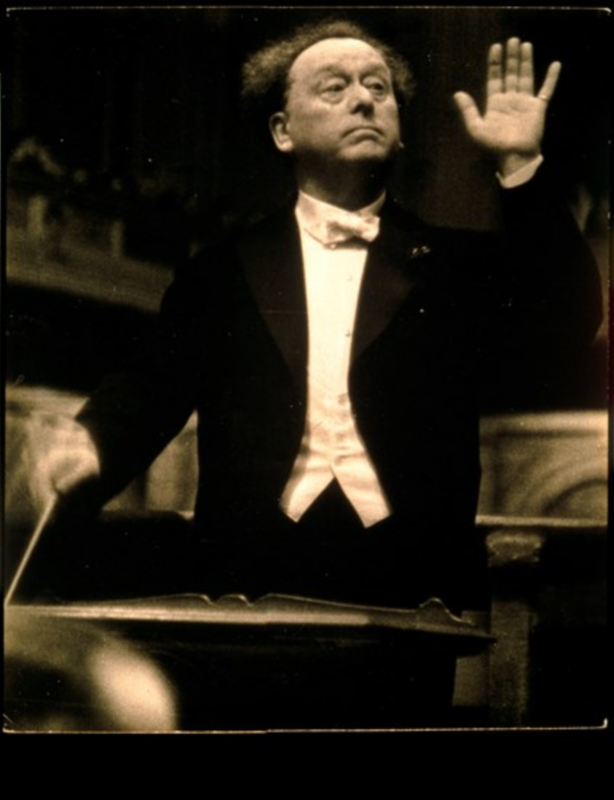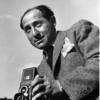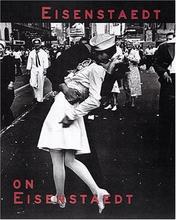More about Josef Willem Mengelberg
- All
- Info
- Shop

Contributor
No, that isn’t Dr. Steve Brule you’re looking at.
That’s Josef Willem Mengelberg, the son of renowned German sculptor Friedrich Wilhelm Mengelberg and the conductor responsible for bringing Amsterdam's Royal Concertgebouw Orchestra into the spotlight. He was a regular conductor of the London Philharmonic from 1911-1914 and was guest conductor at the New York Philharmonic from 1921-1930. He was best known for interpretations of the works of Richard Strauss, Beethoven, and Gustav Mahler.
Mengelberg and Mahler had such a strong bromance that Mengelberg was allowed to put in his own notes alongside Mahler’s at the rehearsals the latter led. Mengelberg was a strong supporter and promoter of Mahler’s work, and for his 25th anniversary with the Orchestra in 1920, he performed all ten of Mahler’s symphonies over the course of nine concerts. Mengelberg’s versions are nowadays considered the best interpretations of Mahler’s work. Wish I had friends this down for me career wise.
By the time this photo was taken, Eisenstaedt’s native Germany was, for lack of less unflattering terms, FUBAR. Having lost World War I, given the short end of the stick by the Treaty of Versailles, and knee-deep in the Great Depression, Germans had very little to look forward to. It was bad enough that stacks of Reichsmarks were used as kindling material for fires because inflation made the currency worthless. Enter Adolf Hitler, who became a naturalized citizen by this year and became eligible for the presidency. He would fall in cahoots with a certain nationalist party soon after…
Mengelberg, for reasons ambiguous, collaborated and assisted the Nazis in their occupation of the Netherlands. For that, he was convicted in a Dutch court in absentia and was forbidden from entering Holland for life in 1945. The sentence was later reduced to six years. He fled to Switzerland, presumably for the political neutrality, and less so for the chocolates.
Sources
- “1932 In Germany.” 2018. Wikipedia. Wikimedia Foundation. December 1, 2018. https://en.wikipedia.org/wiki/1932_in_Germany.
- “Gustav Mahler (1860-1911).” n.d. Gustav Mahler.eu. Gustav Mahler.eu. Accessed December 26, 2018. http://www.gustav-mahler.eu/index.php/moreformenu/personen/607-mengelbe….
- Oyon, Aryeh. 2001. “Willem Mengelberg.” Bach Contatas Website. Bach Contatas Website. 2001. http://www.bach-cantatas.com/Bio/Mengelberg-Willem.htm.












